
Bee
Bee
Bee
Bees are insects that can produce sweet and delicious honey, but they can also drive people to death with their small bodies! Are bees allies or enemies to humans? Do all bees have the power to kill humans? How much do you know about bees, the little insects?
Bee Basic Infomation
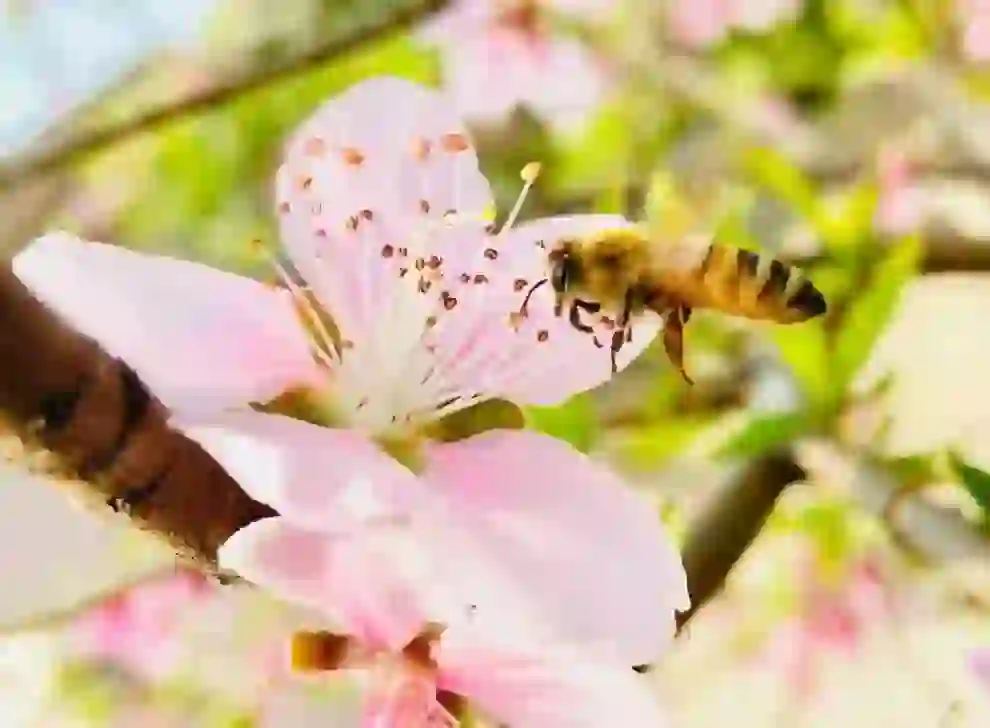
Animalia,Arthropoda,Insecta,Hymenoptera,Symphyta and Apocrita.
Size 25㎜~40㎜.
Habitat. Around the world.
Bee Q&A

What is the origin of the name of the bee?
In English, it is called “bee,” but in Japanese, it is called “hachi.” This time, I will introduce why it is called “hachi” in Japanese.
There are various theories, but it seems that the name “hachi” comes from the fact that a beehive resembles a lotus flower. In the past, lotus were called “hachisu.”
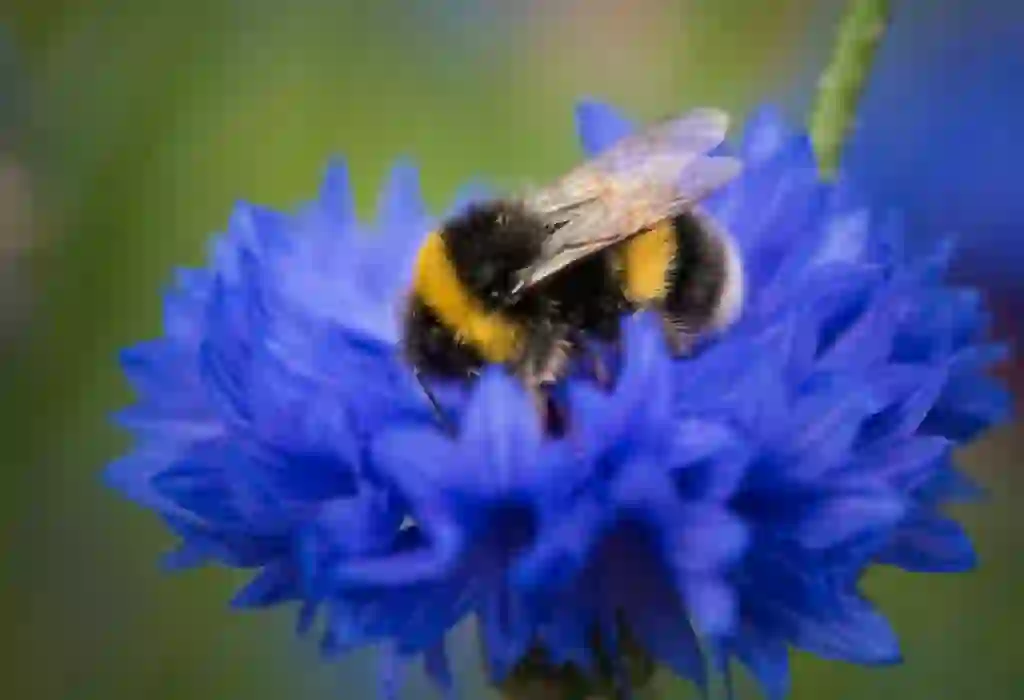
Are bees and ants friends?
Bees and ants are often treated as separate insects, but they are actually friends.
The classification of ants is Animalia Arthropoda Insecta Hymenoptera Apocrita Aculeata Formicoidea Formicidae. The word Hymenoptera indicates that they are related to bees.
There are several other similarities between bees and ants.
● Even among ants, queen ants and male ants have wings, while some species of bees such as Betylid-wasps and Velvet ant do not.
● Some species of ants have stingers like bees, such as Red imported fire ant and Ponerine ant.
● They have sociality and live in groups.
● Only one queen lays eggs in the nest.
Bees and ants were originally the same insect in the process of evolution, but it is thought that some species of bees have specialized in terrestrial life. (Various theories exist.)
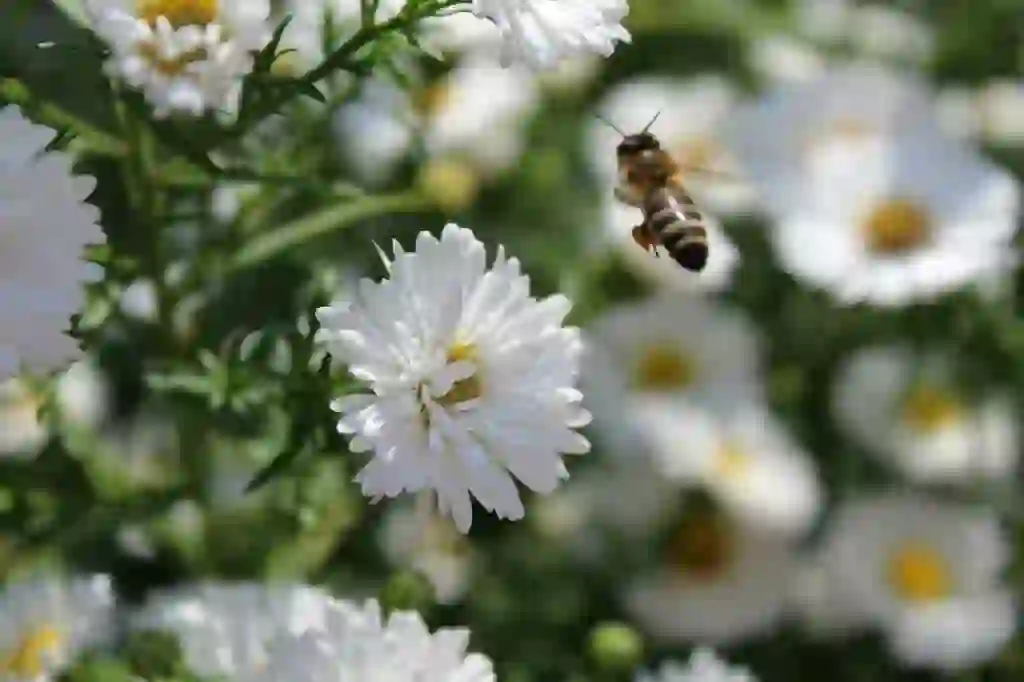
How to avoid a bee sting?
If you find a nest, don’t get close! This is the best prevention.
When bees attack, it is when they feel danger to their home (the bee’s nest). They won’t come to attack people who are far away from their nest. There is a possibility of being attacked even if you are not doing anything and are near the nest.
Imagine if there was a creature hundreds of times larger than you standing next to your house. It would be scary just to stand there, wouldn’t it?
Bees are the same way, so if you find a bee’s nest, be sure not to get close to it.
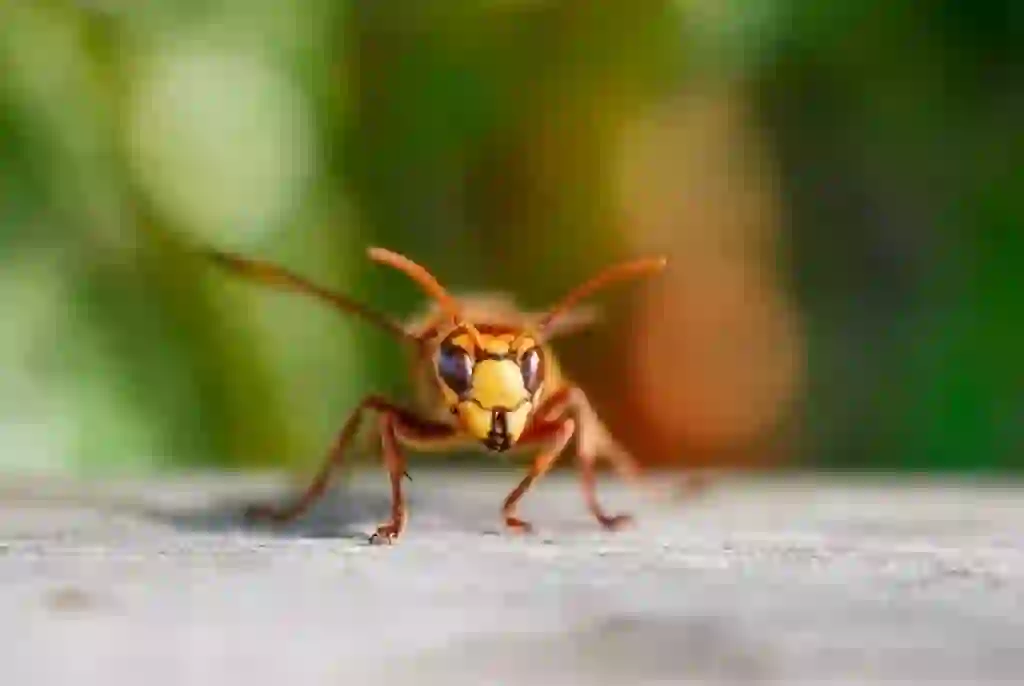
What if bees attack me?
Although I mentioned earlier not to approach a bee’s nest, there may be times when you don’t notice it even if you get close to where the nest is located, and you may be attacked by bees.
Panicking, shouting loudly, and trying to drive them away with your hands will be counterproductive. You will be more likely to be attacked by bees.
Bees are good at flying in a straight line, but they are not good at suddenly turning. Therefore, lower your posture and move away or turn at a sharp angle to escape.
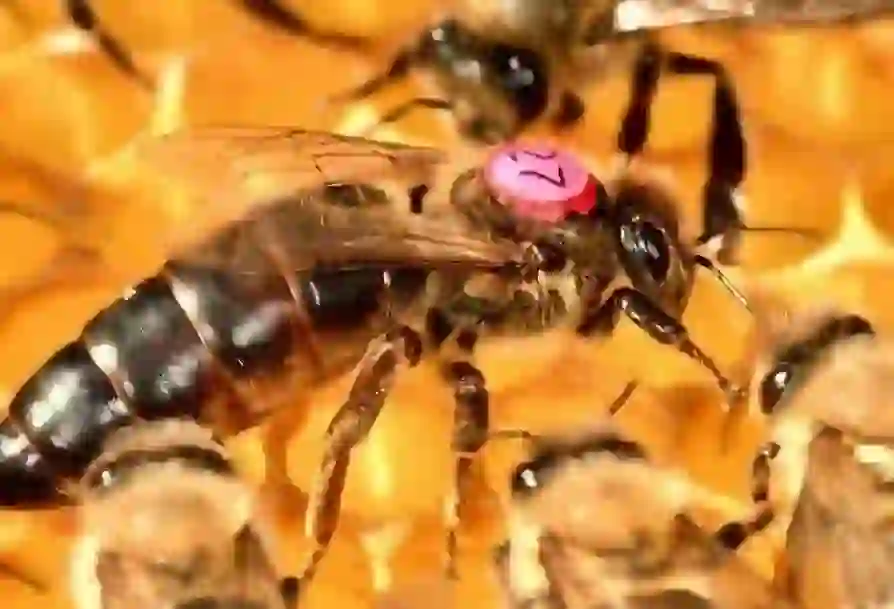
What to do if you get stung by a bee?
If you are stung by a bee, first move away from the area immediately.
Bee venom has a unique smell, and if there is a nest nearby, there is a possibility that other bees will come as a signal to the smell.
After moving away from the stung area and moving to a safe place, the next step is to call an ambulance and provide first aid.
You may think that being stung by a bee is not a big deal, but it can be life-threatening, so call an ambulance. It is even better if you can tell them what kind of bee stung you and if you have been stung before. Here are some specific first aid measures:
● If you have a self-injection such as adrenaline prescribed by a doctor (such as an EpiPen), use it. Do not rely on it solely for assistance. Use only what has been prescribed for you and do not use someone else’s.
● Squeeze the wound or use a suction machine to remove the venom from your body. You may have seen this on TV, but do not suck out the venom with your mouth. Even if you don’t swallow blood containing venom, if there is a wound in your mouth, there is a possibility of getting infected with poison or blood-borne diseases.
● Wash the wound with cold water. This can cool the affected area and help remove the poison.
While taking these measures, please call an ambulance immediately.
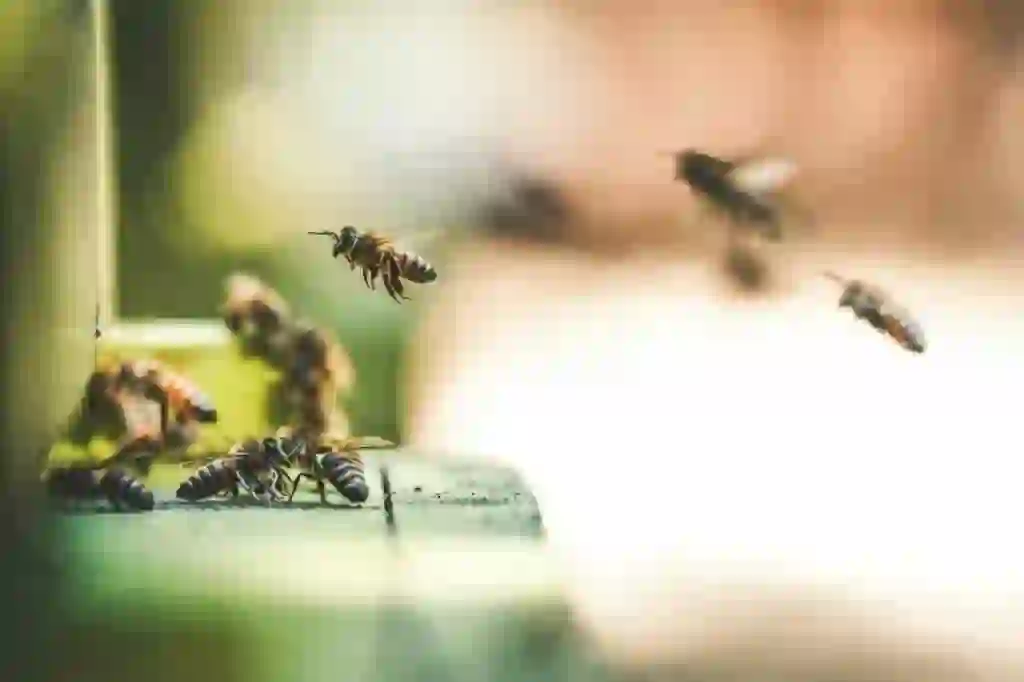
What does the queen bee do in the nest?
There are three main types of bees: queen bees, worker bees (females only), and drones. Among them, queen bees are special and mate with drones inside the nest to lay eggs for their entire lives.
Queen bees can store sperm in their bodies and lay eggs for a long time after mating once.
The eggs they lay are taken care of by worker bees, so queen bees only take care of the nest when there are no worker bees around to help.
This is the case with honey bees. The queen bee, which is no longer reproductive due to aging or injury, is discarded outside the hive.
Queen bees that have been fed since birth and have only laid eggs will not be able to obtain food and will starve to death.
In a nest where there is no queen bee, a new queen bee is immediately established, and that queen bee will lay eggs for her entire life.
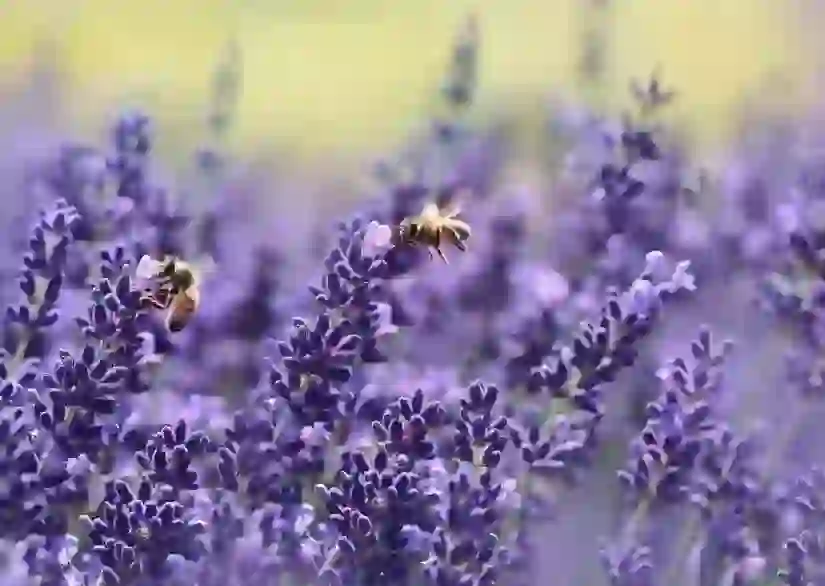
Is it true that if all bees are wiped out, humans can only live for 4 years?
This is a question that is often asked, but it is probably true.
Please note that this is only a hypothetical calculation and that honeybees have not actually become extinct.
So why is humanity in danger of extinction just because honeybees have become extinct? This is because honeybees are inextricably linked to the growth and reproduction of plants.
Plants bloom flowers, pollinate them, and make seeds to propagate their offspring. Honeybees play a major role in this pollination process.
Butterflies and other insects also play a role in pollination, but there is no insect that can surpass honeybees in pollination because they collect pollen by walking around flowers with their entire body covered in hair and carrying the pollen.
If pollination cannot be done and seeds cannot be made, plants will become extinct one after another. If that happens, we will not be able to eat vegetables, fruits, rice, wheat, and other crops.
Some people may think that they can eat meat instead, but animals also eat grass. If plants disappear, herbivores that eat grass will become extinct, and carnivores that eat herbivores will become extinct.
If that happens, humans will also lose their food sources and will have no choice but to become extinct. Therefore, it is said that if honeybees become extinct, humans can only survive for four years (the period until other animals and plants become extinct).

Would you like to become a part of the 'Animalbook.jp'?
Turn your knowledge into Q&A and share it with the world. ※Publication will be activated after purchase. Let's share information together!
Bee Type of List
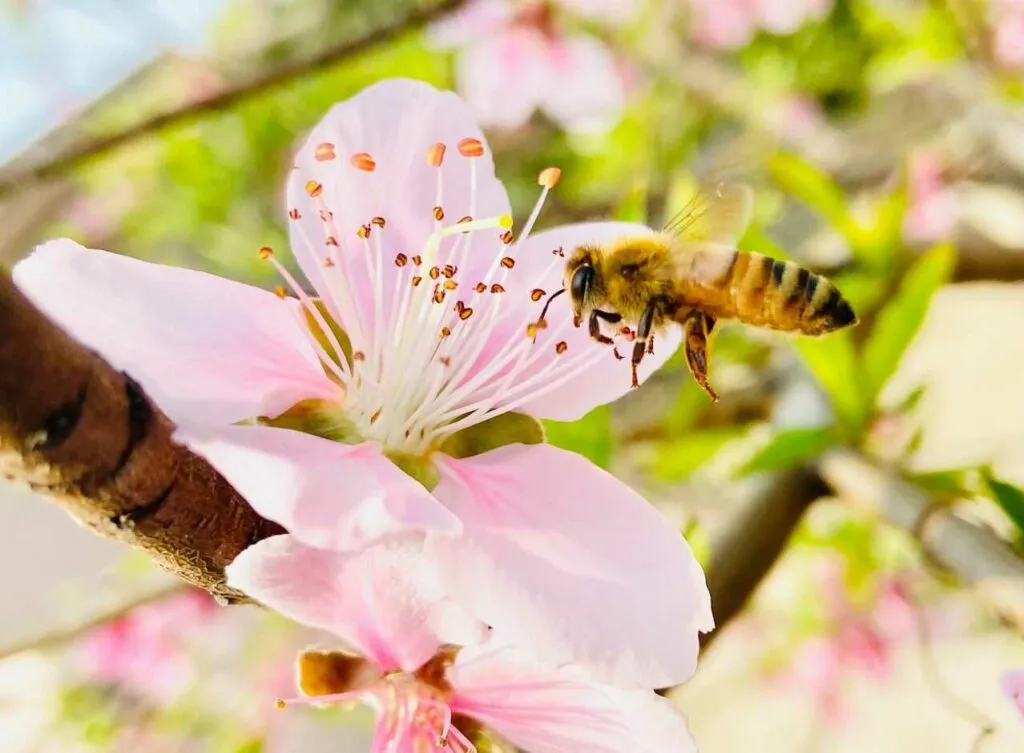
● Symphyta. ・Megalodontidae. ・Woodwasps. ・Orussidae. ・Stem sawflies. ・Sawfly. ・Xyelidae.
● Apocrita. ・Gall wasp. ・Figitidae. ・Ibaliidae. ・Liopteridae. ・Spinancistrus nitidus. ・Fig wasp. ・Chalcididae. ・Encyrtid parasite. ・Eucharitidae. ・Erythrina Gall Wasp. ・Eupelmidae. ・Eurytomidae. ・Mymaridae. ・Ormyridae. ・Perilampidae. ・Pteromalidae. ・Signiphoridae. ・Tanaostigmatidae. ・Torymidae. ・Trichogrammatidae. ・Ceraphronidae. ・Megaspilidae. ・Aulacidae. ・Gasteruptiidae. ・Evaniidae. ・Braconidae. ・Ichneumonidae. ・Megalyridae. ・Mymarommatidae. ・Platygastridae. ・Macroteleia. ・Diapriidae.
Information
Congratulations! You are the first commenter!

Create Your Favorite List!
Bee
Save the animals you love! Build your own list to quickly revisit your favorites later.

Would you like to leave a comment?
※Please note: This is for the purchase of rights to post comments within the article.
Find Your Favorites!
Our shop offers a unique and attractive selection of goods themed around various animals.
Bee References

- ウィキペディア フリー百科事典 ハチ https://ja.wikipedia.org/wiki/ハチ#分類
- ウィキペディア フリー百科事典 ハチ目 https://ja.wikipedia.org/wiki/ハチ目
- ウィキペディア フリー百科事典 スズメバチ https://ja.wikipedia.org/wiki/スズメバチ#刺された場合の対処法
- ウィキペディア フリー百科事典 アリ https://ja.wikipedia.org/wiki/アリ#:~:text=アリ(蟻、螘)は,のひとつに数えられる。
- Yahoo!Japan知恵袋 https://detail.chiebukuro.yahoo.co.jp/qa/question_detail/q1012853955
- VIGE ハチが絶滅したら人類も滅亡するのか https://www.vice.com/ja/article/3k7npb/what-would-happen-if-all-the-bees-died-tomorrow
Bee Introduction of media used
出典:https://pixabay.com/videos/id-2943/

出典:https://unsplash.com/photos/q3pttenWL7U
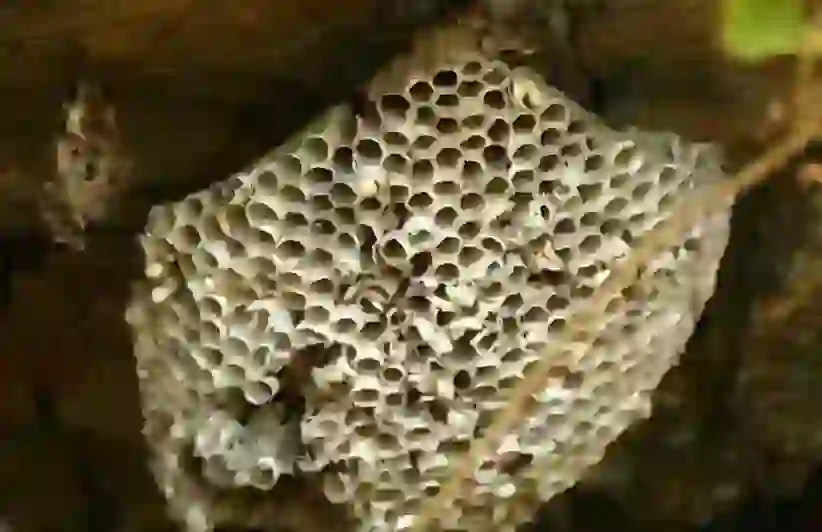
habitat
出典:https://pixabay.com/images/id-335599/
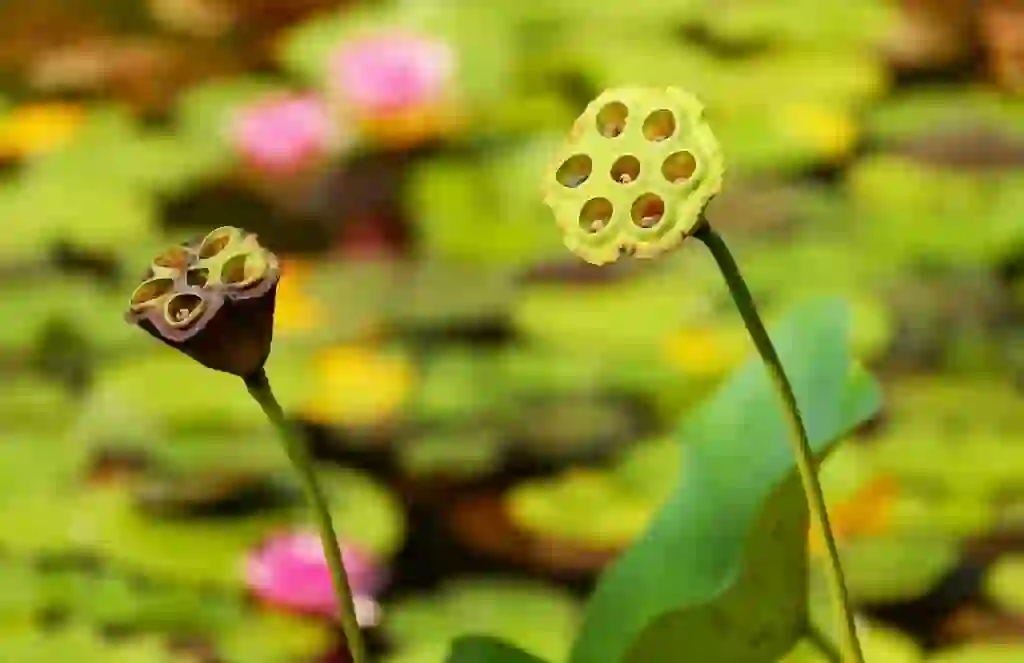
habitat
出典:https://pixabay.com/images/id-1629225/

出典:https://unsplash.com/photos/SgzMZ7JVH98
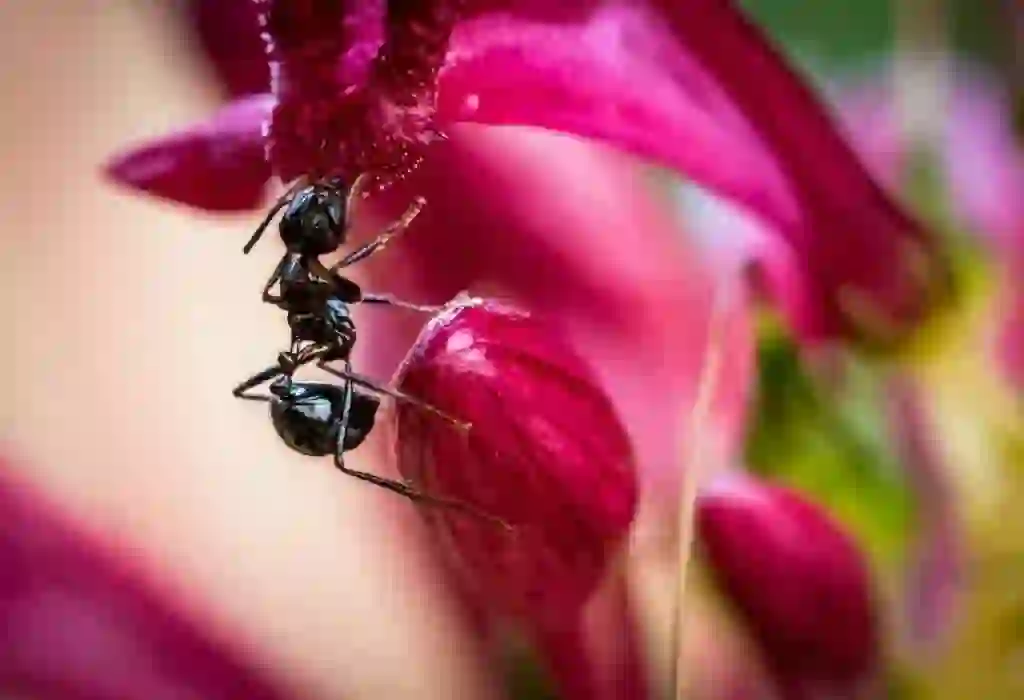
similar
出典:https://unsplash.com/photos/lgP1nrv3_48
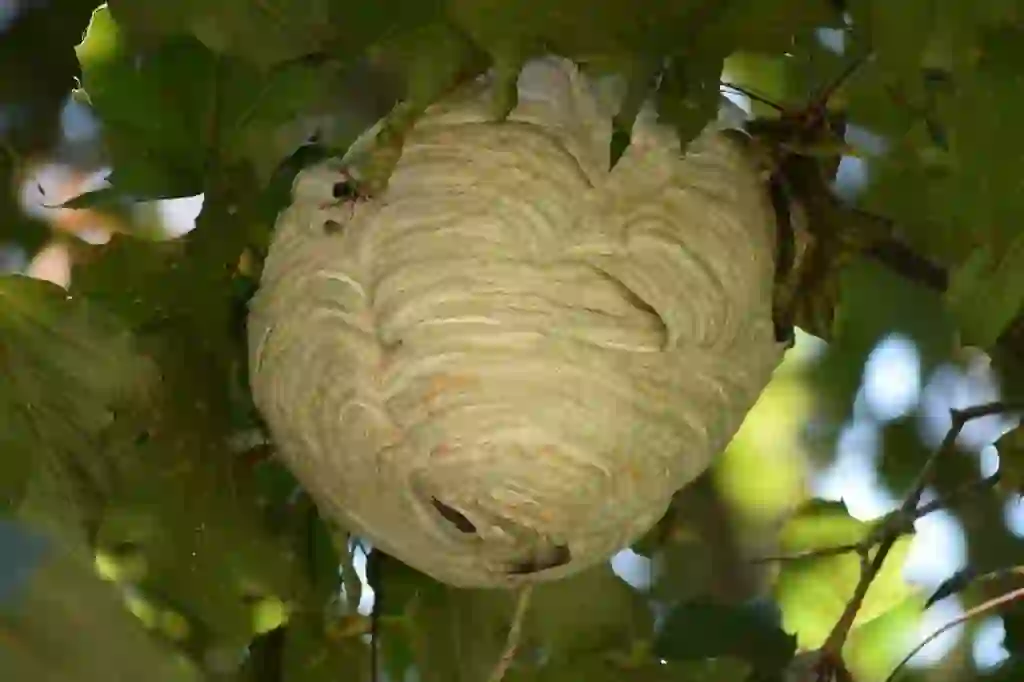
habitat
出典:https://pixabay.com/images/id-4715919/
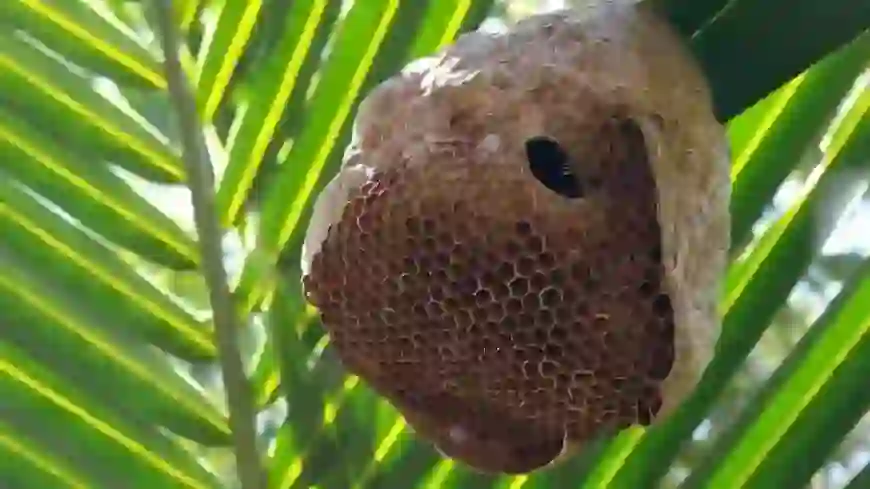
habitat
出典:https://pixabay.com/images/id-2827583/

出典:https://www.pexels.com/ja-jp/photo/207189/

出典:https://unsplash.com/photos/o9FiCV2HkpM

出典:https://pixabay.com/images/id-5480566/

出典:https://unsplash.com/photos/qFAEHxevxVE

出典:https://pixabay.com/images/id-1537694/

Help Enrich Our Animalbook.jp with Your Media!
We are constantly looking to expand and enrich our Animalbook.jp with amazing photos and videos of animals. If you have any media that you'd like to share, please contribute and help us showcase the beauty and diversity of the animal kingdom. Your submissions will be credited and featured in our encyclopedia, reaching a wide audience of animal lovers.


















